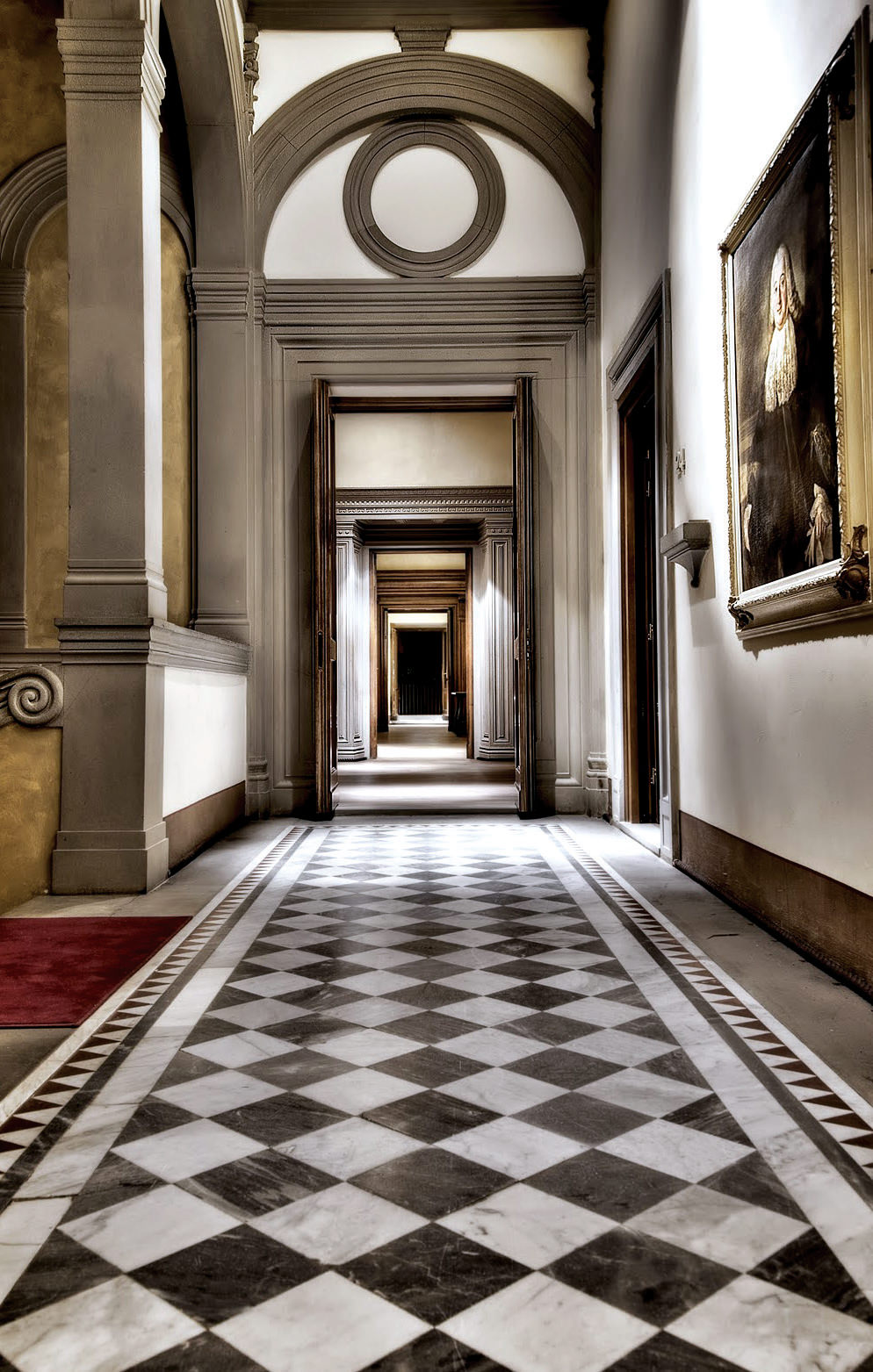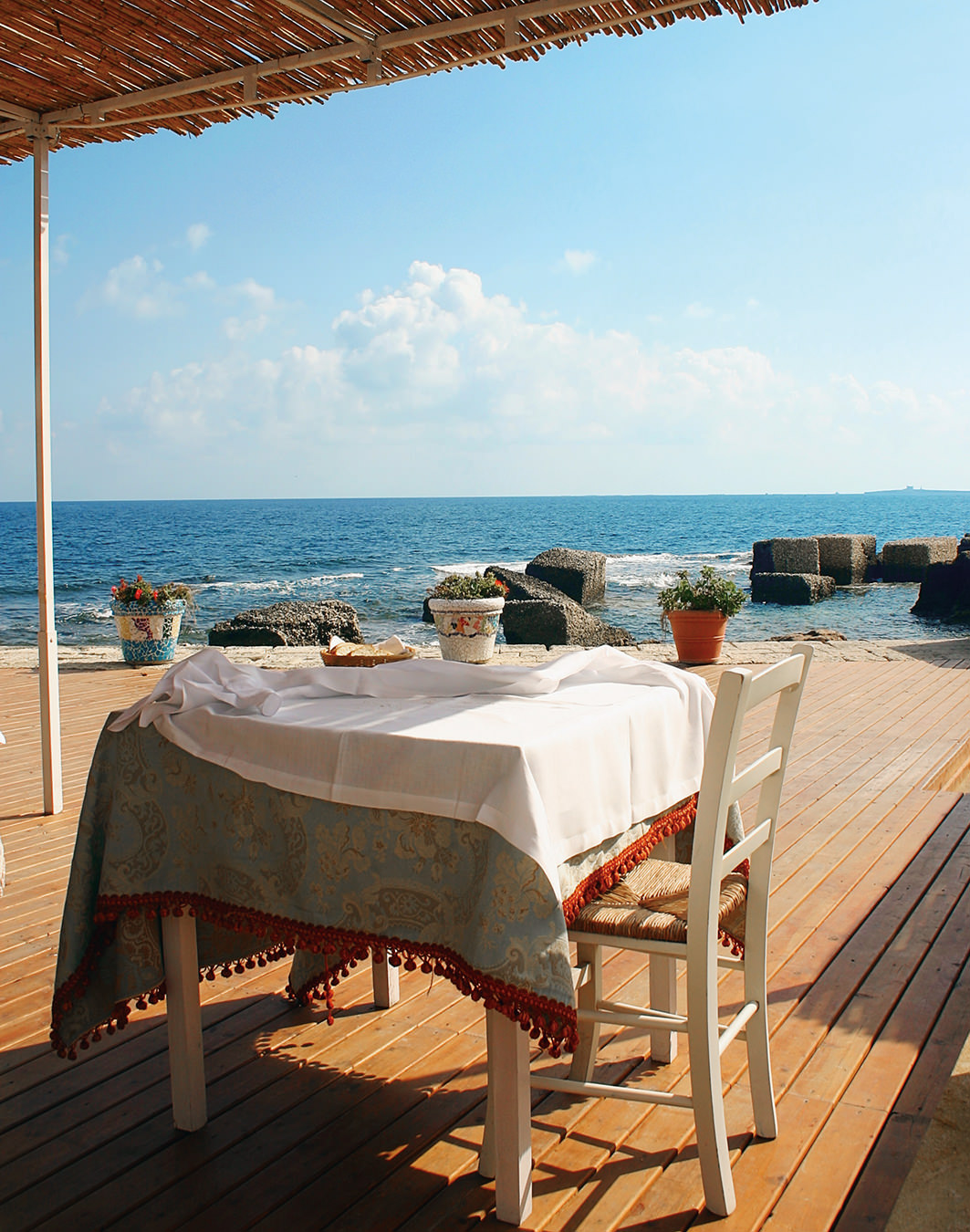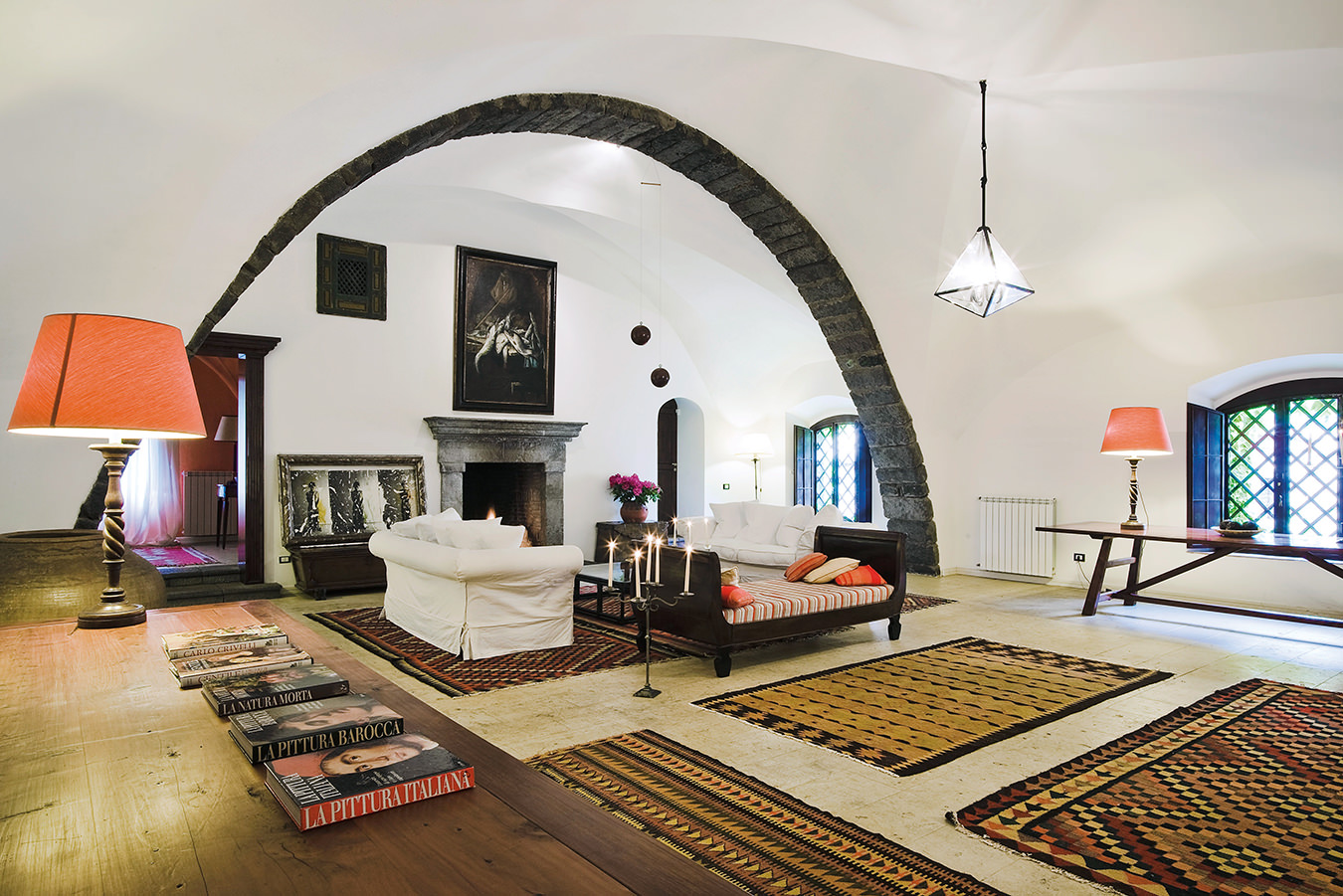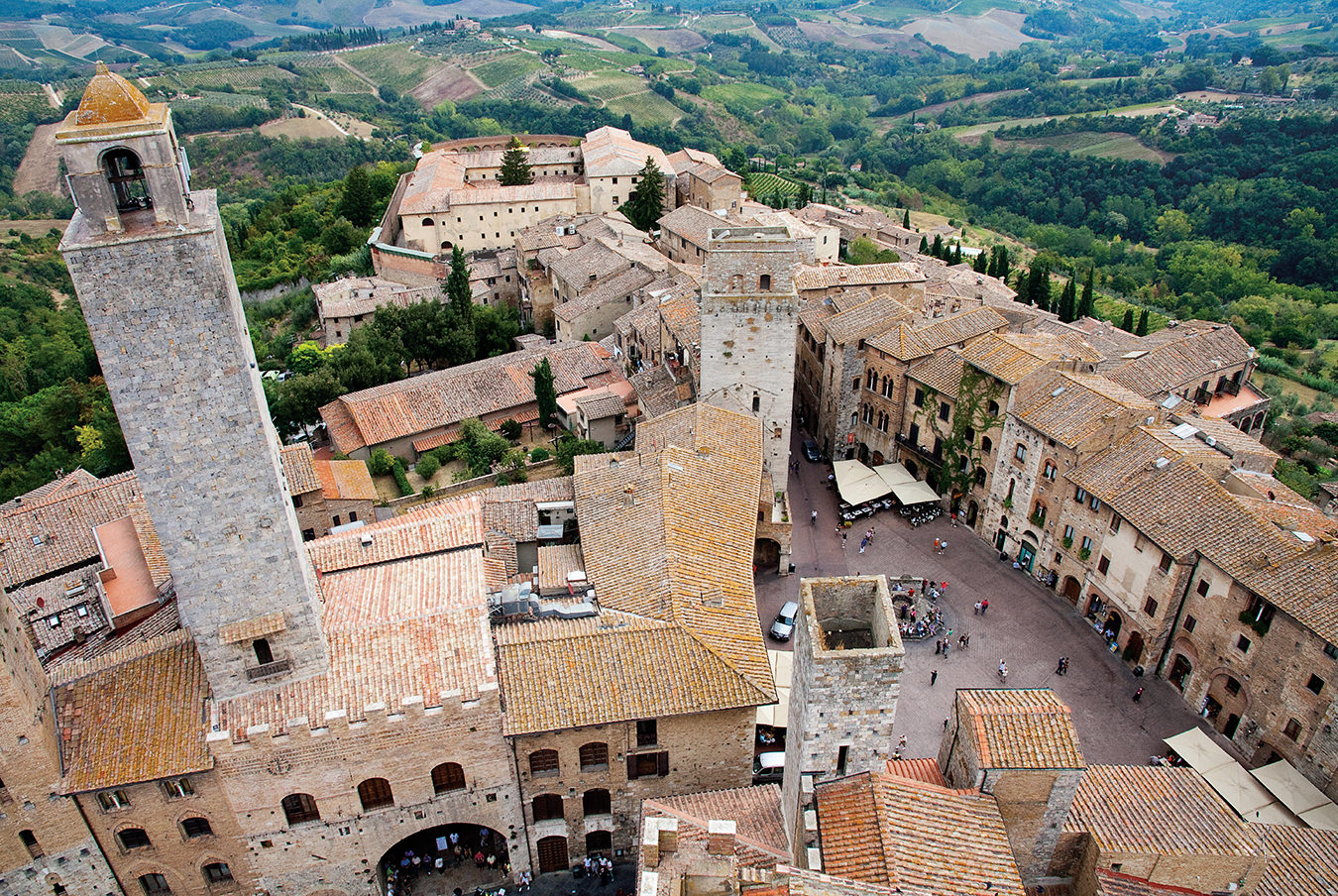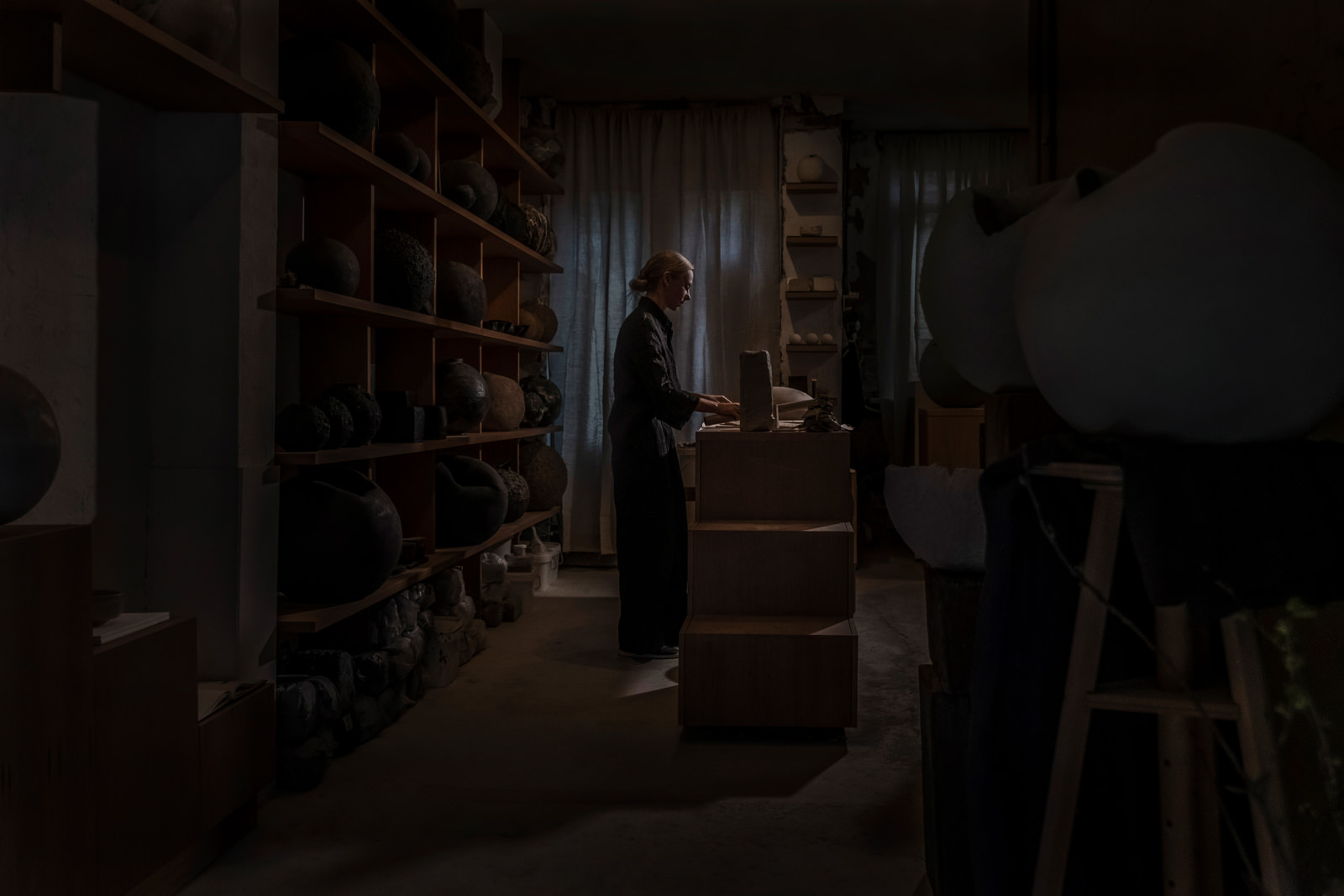
The Ceramic Works of Laura Pasquino
Meet the artist expressesing herself in the vessels she creates: harmonious shapes with textural details that celebrate imperfection and the beauty of simplicity.
As simple as it appears, the sphere is perhaps the most mysterious of shapes. For Laura Pasquino, the spherical form came naturally the first time she sat at the potter’s wheel. “I’ve been trying to think if there is a deeper meaning, but I guess, when you work on a wheel, you work in circles all the time, and the wheel turns and turns and turns.” Pasquino expresses herself in the vessels she creates: harmonious shapes with textural details that celebrate the imperfections and beauty of simplicity.
Pasquino’s journey into ceramics was self-guided—she has no formal education but has had a lifelong fascination with art. “I’ve been surrounded by art since I was very, very young,” the Estonian ceramicist says. Her parents were art collectors, and her mother was in the antiques business. “Art education has always been a part of my everyday life.” But before Pasquino became a full-time artist, she worked in real estate, developing luxury hotels. After 10 years, the moment came when she knew she needed a change. “I wanted to make something with my hands for the next chapter of my life.” So Pasquino got herself an apprenticeship in a pottery workshop in Japan, where the “language barrier was a big problem,” she states.
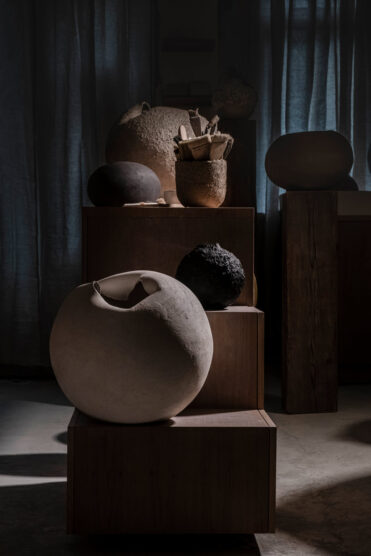
While in Kyoto, Pasquino spoke the language of pottery with her hands as she “made hundreds and hundreds of sake bottles. It was really fascinating how they [the Japanese] work with clay and what they believe is important and how they treat the clay when they make even a small object. An everyday item like a sake bottle is a piece of art,” she says of the many valuable takeaways from her time in Japan. (She is also just fine with never having to make another sake bottle.)
Returning to Amsterdam, where she now lives, Pasquino set up her studio in her apartment and became a full-time artist. “I was actually working in my laundry room,” she confesses reluctantly. “I put my pottery wheel next to the washing machine, and I started making.” From the start, she formed round vessels, balancing traditional techniques with organic clay textures, often leaving her works unglazed to showcase the material’s humble beauty. “I was making for quite some time without putting any work out there,” she says. Until she did: a post to her Instagram, @laura_pasquino, that a few galleries picked up—in particular, Galerie Philia, the nomadic contemporary art gallery. This acknowledgement boosted Pasquino’s confidence that “I was doing something right.”
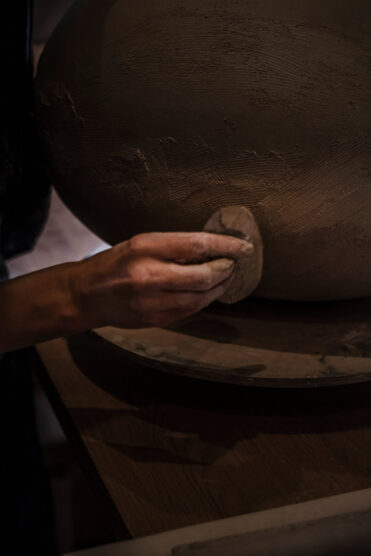
Pasquino prioritizes giving character to her pieces over perfecting them, leaving her fingerprints and tool marks as traces of her process. No two pieces are ever the same. Each celebrates the rawness and irregularities visible in the material to embrace the beauty in its purest state. Pasquino is continually experimenting with making her rounds bigger and bigger. “I realized that I’m not strong enough to make all the shapes I want on a pottery wheel and so I started building by hand,” she says, “and when I combine the two halves together, I have to cut a hole at the top of the round shape, and I start working from the inside to seal it.” During that process, the cracks start to appear.
___
“My principle is that I never fix the cracks. I let them go as far as they go. And sometimes it’s successful, sometimes it’s not, but as long as the piece stays intact, I proceed with working with it, and I put it inside the kiln. I never quite know what will come out, and that’s why every piece is different.”
Whenever possible, Pasquino goes out and digs for her own clay. “It’s important to appreciate the natural state of the material,” she says. The four months Pasquino spent in Japan set the foundation for “artistic freedom and how you treat the material like a living organism. You don’t slap clay on the table—you just don’t. You embrace the irregularities that come.” While Pasquino is constantly experimenting with various types of clay, she prefers a monochromatic colour palette for her orb vessels. “I like earthy colours,” she says, but even so, she has produced black and terra cotta red works.
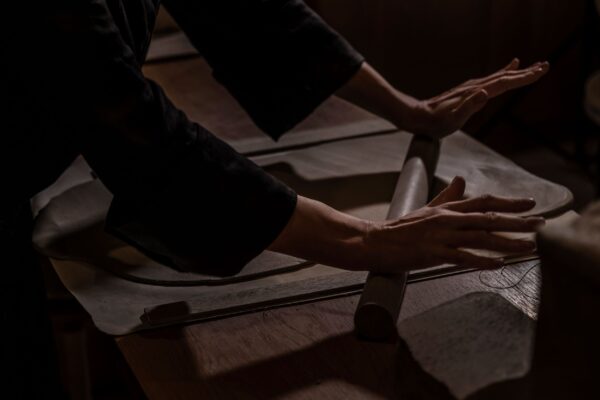
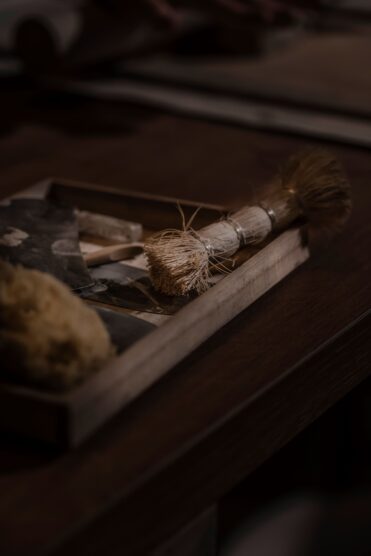
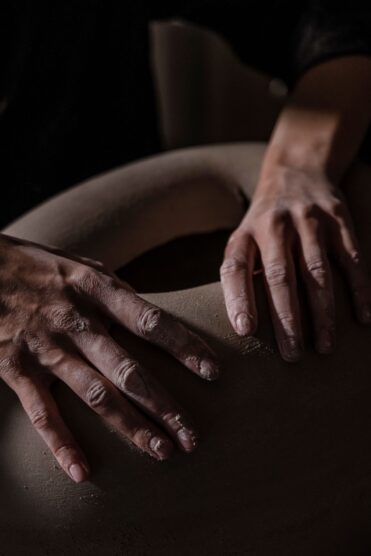
Pasquino has moved on from her laundry room and now creates in a studio space in a canal house characteristic of the city. She likes to work in the dark: “I can do my work with my eyes closed. I don’t need to look anymore,” she says, her circular movements an enchanting dance of ballerina arms. There is no formula that makes a piece “good” in Pasquino’s eyes—it’s an emotional connection. “I imagine how the piece is going to be, and when it’s completely opposite or doesn’t work out in my mind, then I crush it. I put a hammer to a lot of pieces,” she admits.
As the studio is in a residential building, Pasquino puts the crush pieces in a corner, and on warm days, when she keeps the door of her studio open, passersby peek in and tend to find keepers in her crush pile. (The remaining are taken to the garage for smashing.) “Perhaps my judgement isn’t always right,” she says, chuckling, as some of those pieces have ended up in galleries.
There is a visual weight to Pasquino’s work. The reality is that her spheres are paper thin, 1.5 millimetres thin. “I spend a lot of time removing material when the shape is ready. I scrape off the material as far as I can. Many times, it goes too far, and the whole thing collapses,” she says, continuing, “but it’s a part of my work.”
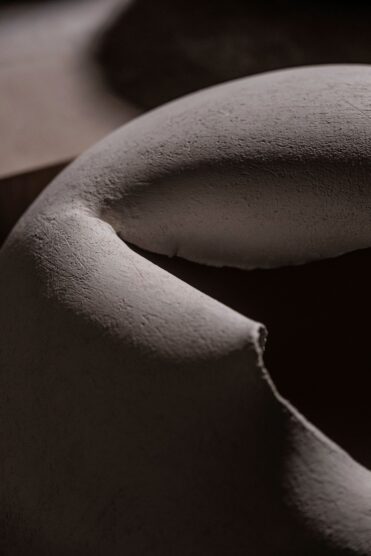
After showing as part of Baranzate Ateliers at Milan Design Week earlier this year, Pasquino is gearing up for a show in New York in September (at time of writing, she could not disclose details), followed by another show with Galerie Philia in Florence in October. Her challenge has been to create a new shape. These new pieces “will have a common characteristic that is slightly round in the middle part,” she reveals, but this new body of work has felt foreign to her. “Before one piece was ready, I went through over a couple hundred kilos of clay. It has felt like starting completely over again.”
Come fall, Pasquino will surprise with a new shape, but the characteristic cracks will remain—an artful lesson for life.

